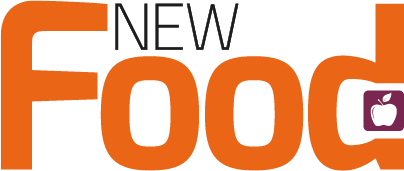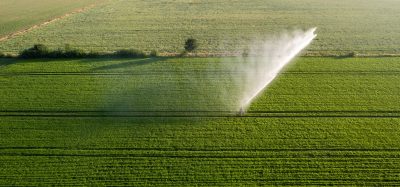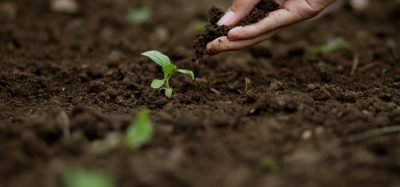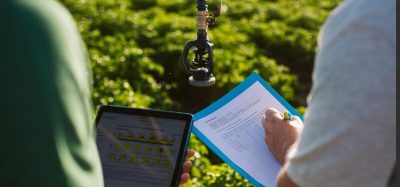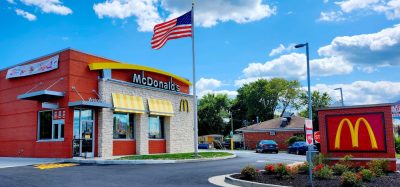New UC Davis tool helps industry upcycle food byproducts and reduce waste
Posted: 6 October 2025 | Ben Cornwell | No comments yet
A new UC Davis database catalogues agricultural leftovers like tomato skins and pistachio hulls, helping food innovators reduce waste and upcycle resources.
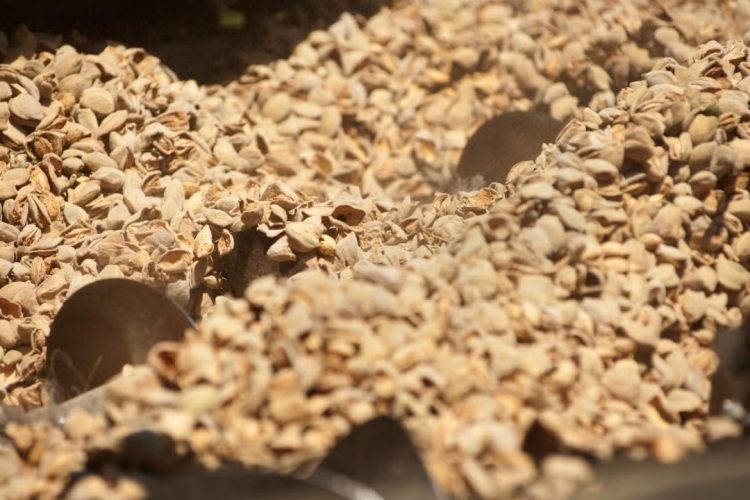

UC Davis researchers developed an online tool that tracks agricultural leftovers to help reduce food waste and inspire new uses. Credit: Gregory Urquiaga/UC Davis
Researchers at the University of California, Davis have launched an online tool designed to track agricultural byproducts and help industry find new uses for them, potentially turning food waste into valuable resources.
The Byproduct Database, developed by the AI Institute for Next Generation Food Systems, catalogues leftovers such as fruit skins, nut shells and pulp, highlighting opportunities for reuse across the food, cosmetics and pharmaceutical sectors.
It’s a material that’s already been cultivated, harvested and processed, so anything you do that’s economically productive means that all the resources embedded in that material, like fertiliser, water and energy, were not wasted in vain. It is a real win-win opportunity.”
Edward Spang, associate professor in the Department of Food Science and Technology and the project’s principal investigator, said the scale of the problem demands new solutions.
“About one third of the food produced worldwide doesn’t get eaten,” he explained. “In the food production space, there’s a lot of edible material, or potentially valuable material, that’s been overlooked for a long time as waste.”
The database, currently in a pilot phase, features four of California’s most significant crops: tomatoes, almonds, pistachios and pomegranates.
The research team plans to add more crops, including wine grapes, stone fruits and citrus, as the project expands.
Mapping waste to opportunities
The tool details what each byproduct is composed of, when it is available and where it can be found in the state. Spang said the aim is to guide decisions on reducing waste by potentially turning these materials into new products.
For pistachios, for example, the database highlights that hulls are the main byproduct and often discarded, while undersized pistachio nuts could represent untapped value. For tomatoes, the skin and pulp are rich in lycopene, an antioxidant linked to health benefits.
Researchers are also examining where food loss happens along the supply chain. In tomatoes, some fruit gets damaged on the vine, while others are rejected for failing quality standards. Spang views these “side streams” as opportunities for upcycling.
“It’s a material that’s already been cultivated, harvested and processed, so anything you do that’s economically productive means that all the resources embedded in that material, like fertiliser, water and energy, were not wasted in vain,” said Spang. “It is a real win-win opportunity.”
AI and economic insights
The project team, working with Professor Ilias Tagkopoulos from the Department of Computer Science, is developing AI tools to expand the database faster and reduce manual workload.
Future updates will also provide cost estimates and economic variables, such as the concentration of valuable compounds like lycopene, their market value, and the costs associated with extraction. This will allow potential users to evaluate new business opportunities with greater precision.
“We expect our primary user to be entrepreneurs who are looking for new business models in upcycling, or who might have an advanced extraction technology to derive value from some of these overlooked materials,” Spang said. “But producers and growers would also benefit as new revenue streams deliver value up and down the food supply chain.”
Building a more sustainable system
Food waste is often inevitable in production, but Spang believes initiatives like this can help reshape the industry.
“We have to be a little more creative with our food system,” he said. “We can make our current food system more productive by investigating novel upcycling ideas and processing systems that create more revenue for producers and hopefully deliver more value to consumers as well.”
Related topics
Data & Automation, Food Waste, Robotics & automation, Sustainability, Technology & Innovation, Traceability, Trade & Economy
